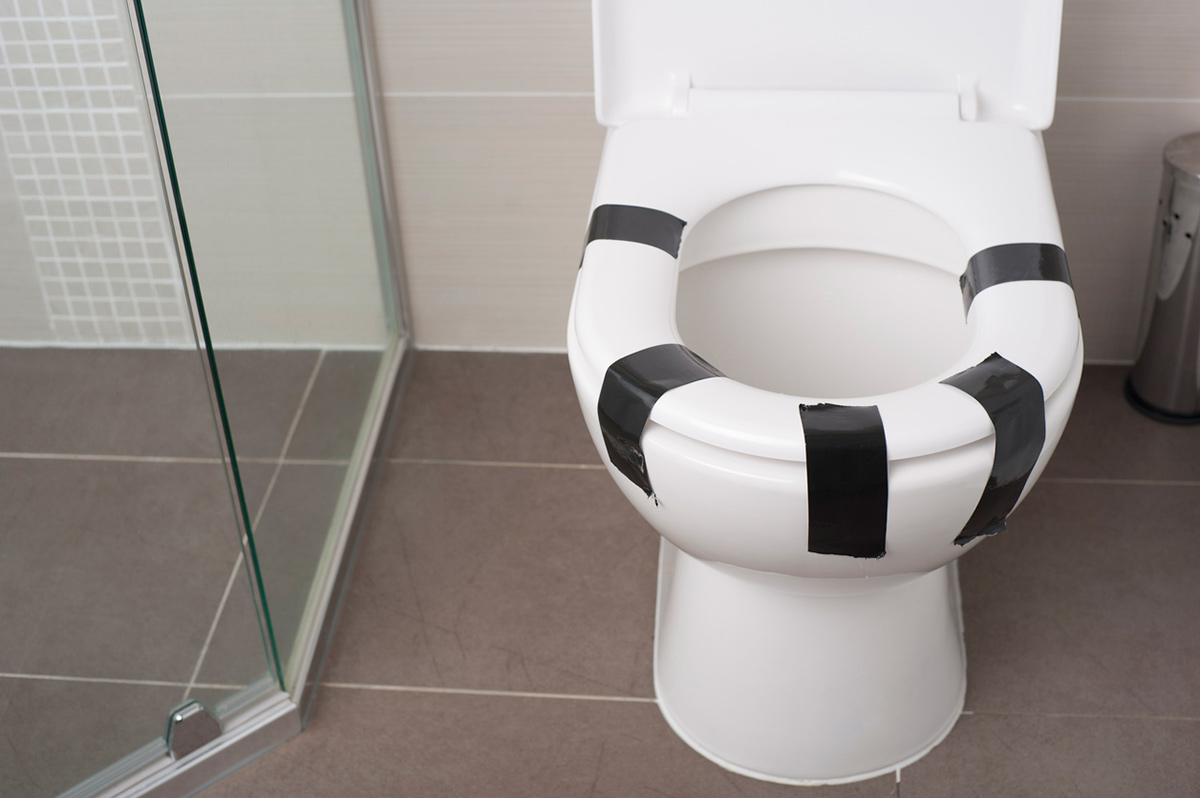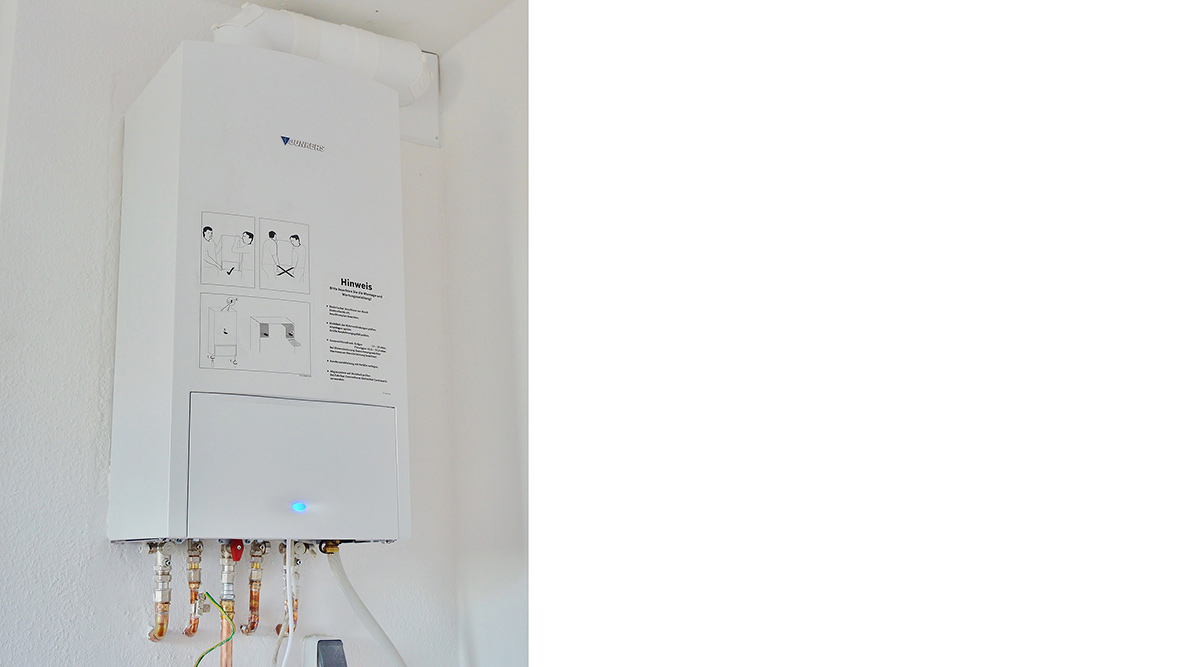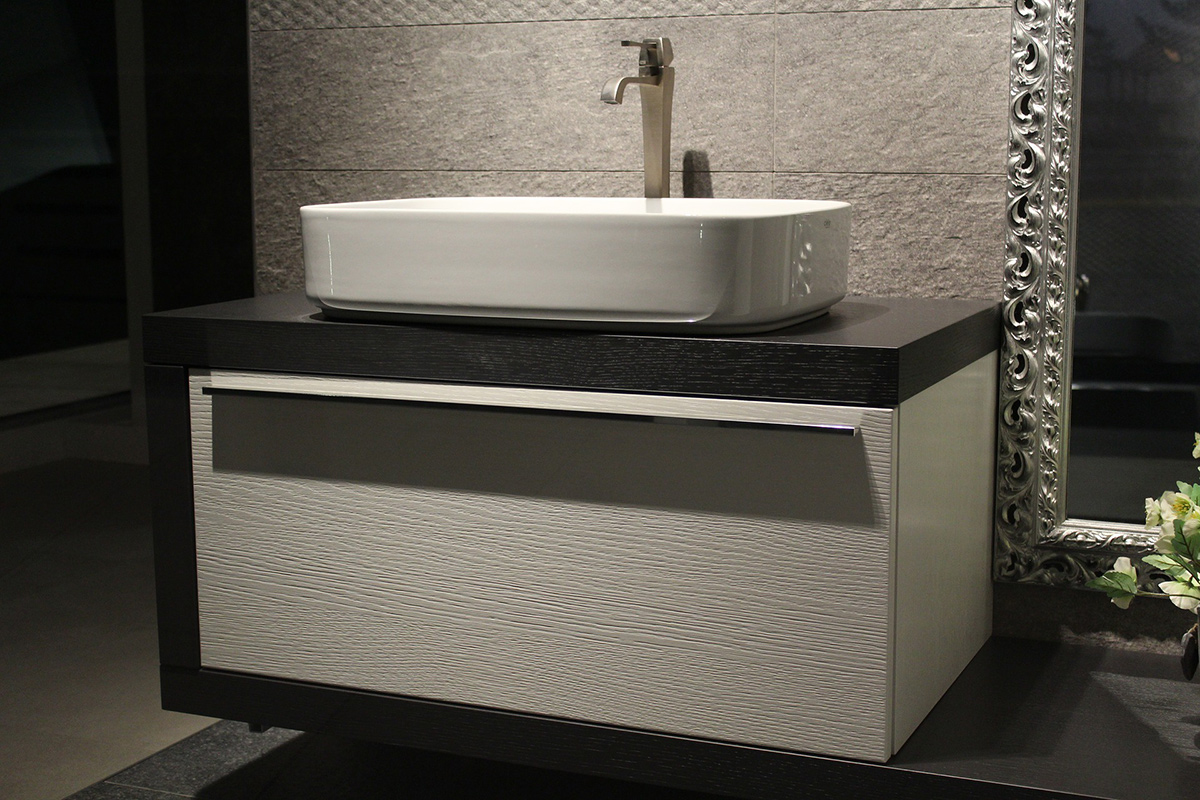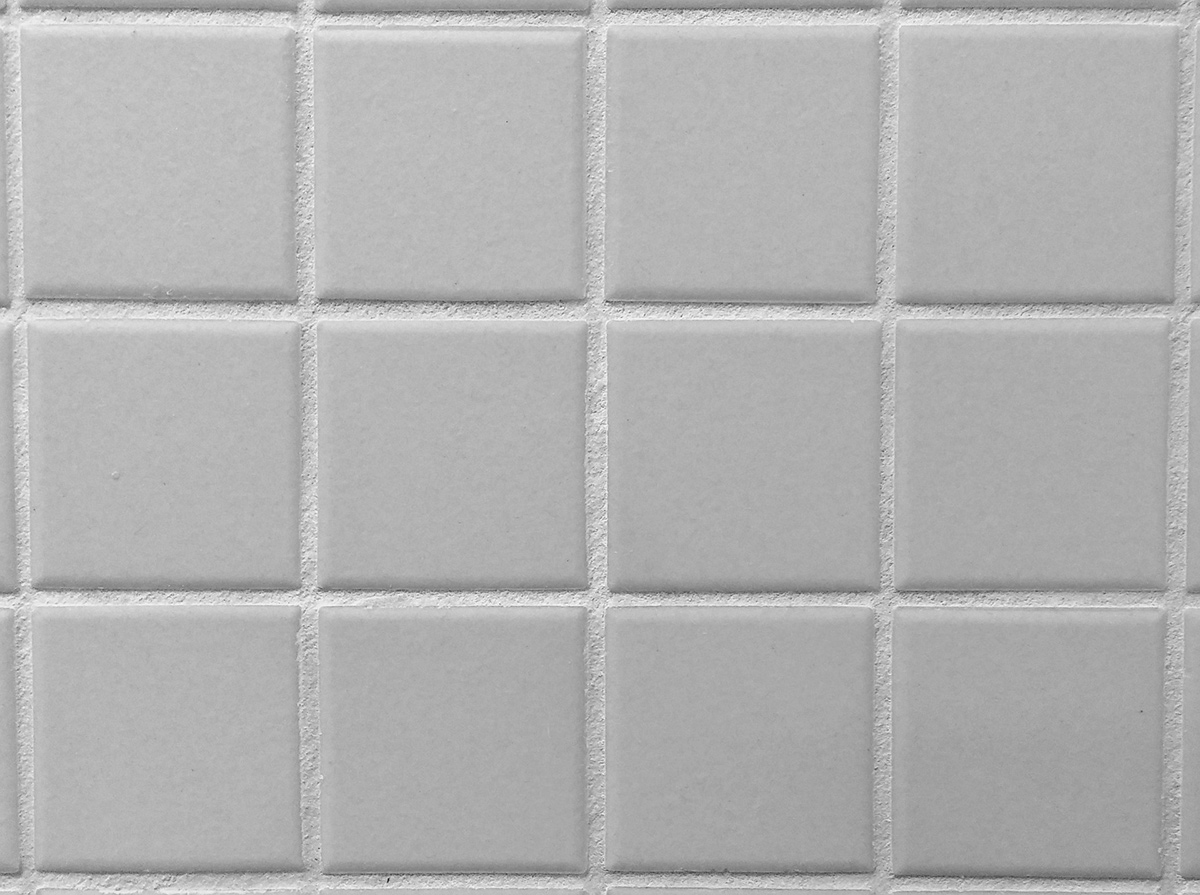Although the bathroom is almost never the centrepiece of an abode, no one can go without it. For some, the bathroom is more than a chamber where personal hygiene matters are taken care of, it is also a private space that offers an escape from the demands of everyday life.
On that account, it is important to ensure that your bathroom is in working order at all times. Here are some defects that you should check for upon collecting the keys.
1. Malfunctioning toilet

Just like the rest of the bathroom, it is sometimes easy to forget how important the toilet is due to its ubiquity. One simple way to inspect this common bathroom fixture would be to flush it several times; not only does this method allow you to check if the cistern is functioning, it also confirms if the pan collar (a rear pipe at the back of the toilet) is affixed properly.
A shaky toilet is another warning sign that you should look out for, and is indicative of either a damaged flange seal or an improperly anchored fixture. The same applies for water seepage, which can be detected around the base of a toilet after it is flushed.
2. Faulty water heater

As with a damaged toilet, one of the major signs of a faulty heater is water leakage. If you are drawing lukewarm or insufficiently pressurised water from the system, conduct a thorough check of the heater’s drainage valve, storage tank and supply lines for leaks.
A faulty water heater can also result in odorous and/or discoloured water. While this issue can be caused by a contaminated water source, there is also a possibility that it is the result of a rusted or corroded anode rod – a serious problem that can erode the entire steel tank over time. To be sure, seek professional opinion when diagnosing this issue as a heater replacement might be necessary.
3. Defective sink or vanity

Other than checking for dents or cracks on the vanity’s surface, it is also worth inspecting the functionality of your bathroom’s faucet. Simply turn on the tap, let the water run and keep an eye out for problematic signs such as leaks, unsteady flow, low water pressure and slow drainage. Do remember to look out for moisture below the sink too, as it is a sign of leaking or a loose drainage pipe.
4. Loose or damaged floor tiles

Tiles offer a practical and chic way to outfit a bathroom’s floor, but just like any other surface material, improper installation or damage will most certainly result in future complications. Loose or broken tiles in wet areas can lead to water leakage that encourages fungus growth and/or cause damage to the floors of adjacent rooms.
Check for loose tiles (which will emit a hollow sound when struck) by using a screwdriver head or a coin to tap the area surrounding all floor-mounted bathroom fixtures, including the toilet bowl, bathtub and/or shower enclosure.
5. Cracked or improperly sealed grouts

Grouting refers to the hardened lines of concrete between tile gaps, which are essential for securing a bathroom’s floor or walls. Due to their porous nature, damaged or improperly sealed grouts will absorb moisture from their surroundings, thus giving rise to fungal growth and off-putting discolouration.
Check for damaged grouts by misting a bathroom floor or wall with a spray bottle; if the water collects on the surface and is not absorbed, the grouting is properly sealed and undamaged. Otherwise, it is time for a replacement.
—
As a final note, if you are a private home owner, keep in mind that there is a 12-months Defects Liability Period (DLP) mentioned within the Sales & Purchase Agreement, signed with your property’s developer. During the DLP, private developers are responsible for rectifying any reported defects within the span of one month, in addition to bearing any associated repair costs.
The same applies if you reside in public housing, whereby the HDB provides a similar timeframe for fault rectification, on top of warranty coverage for ceiling, external wall seepage and spalling concrete.



